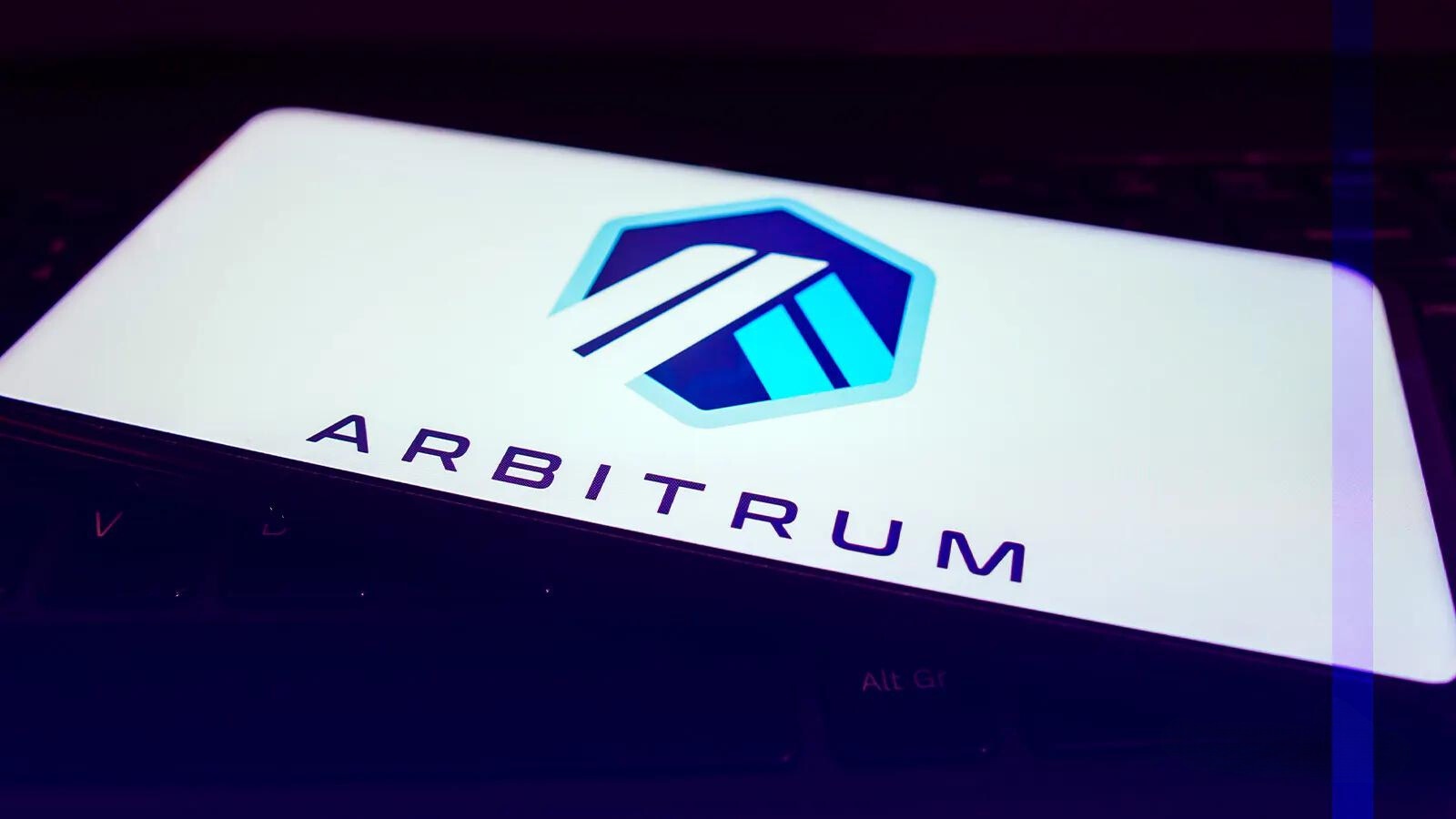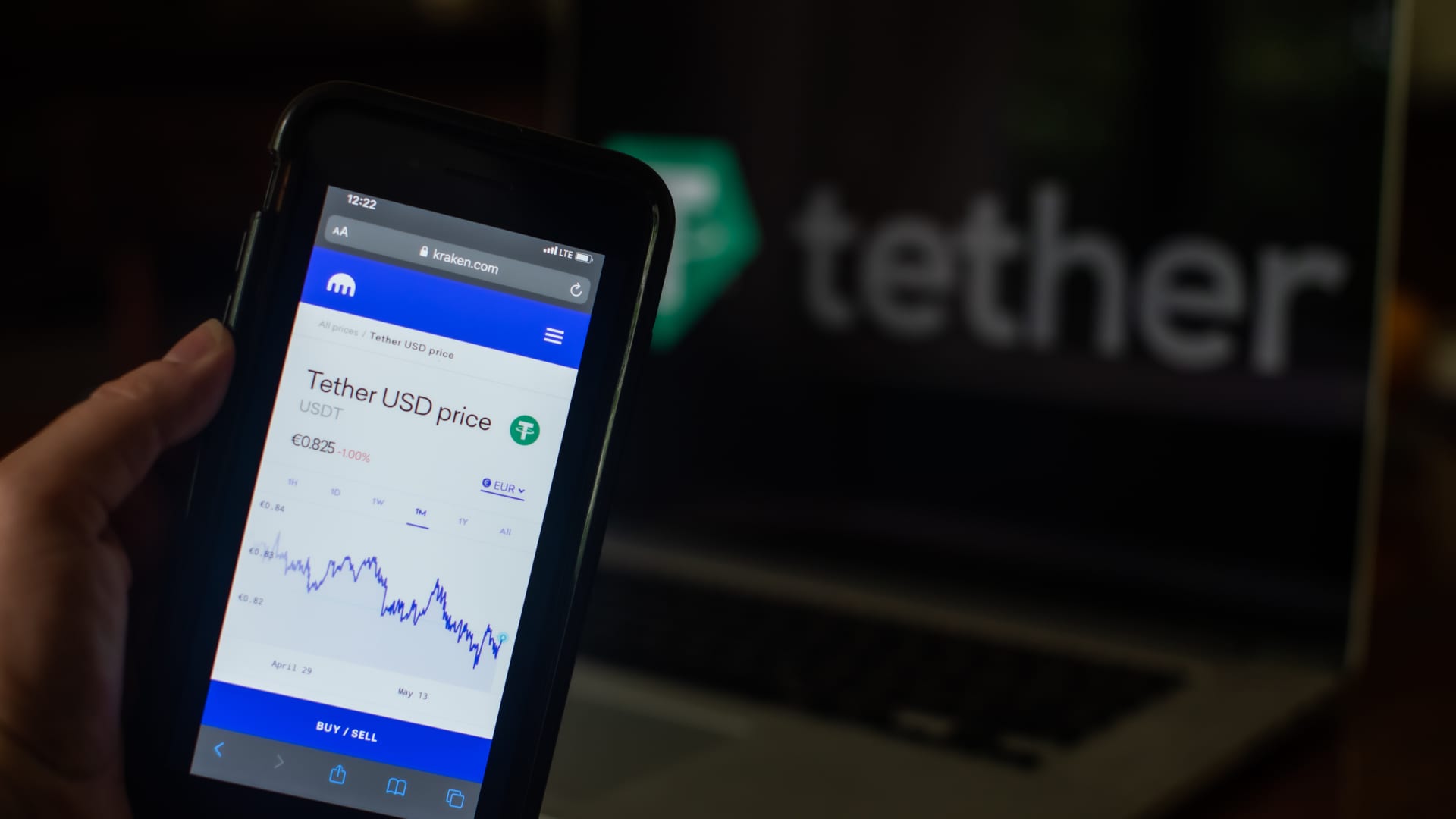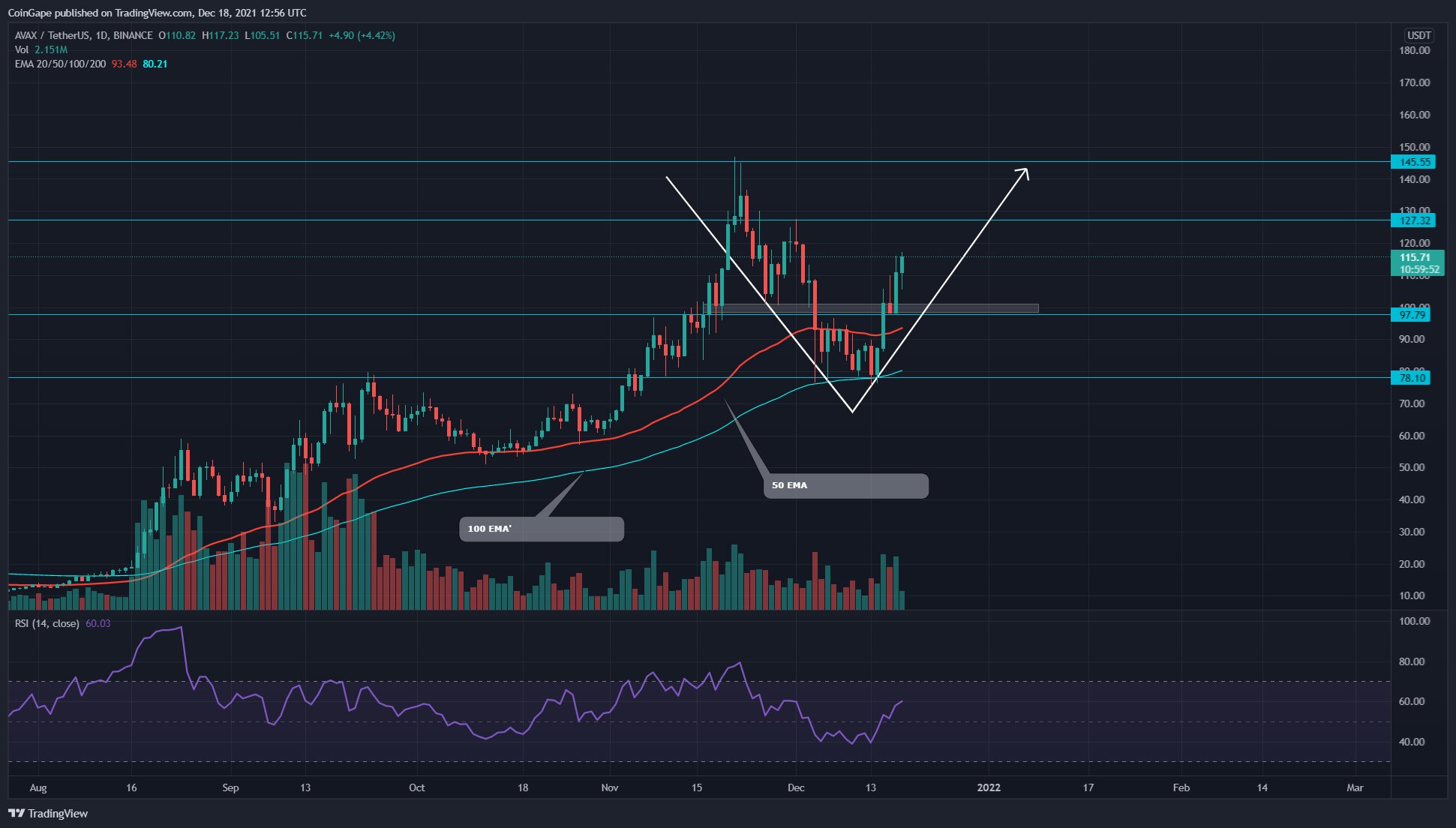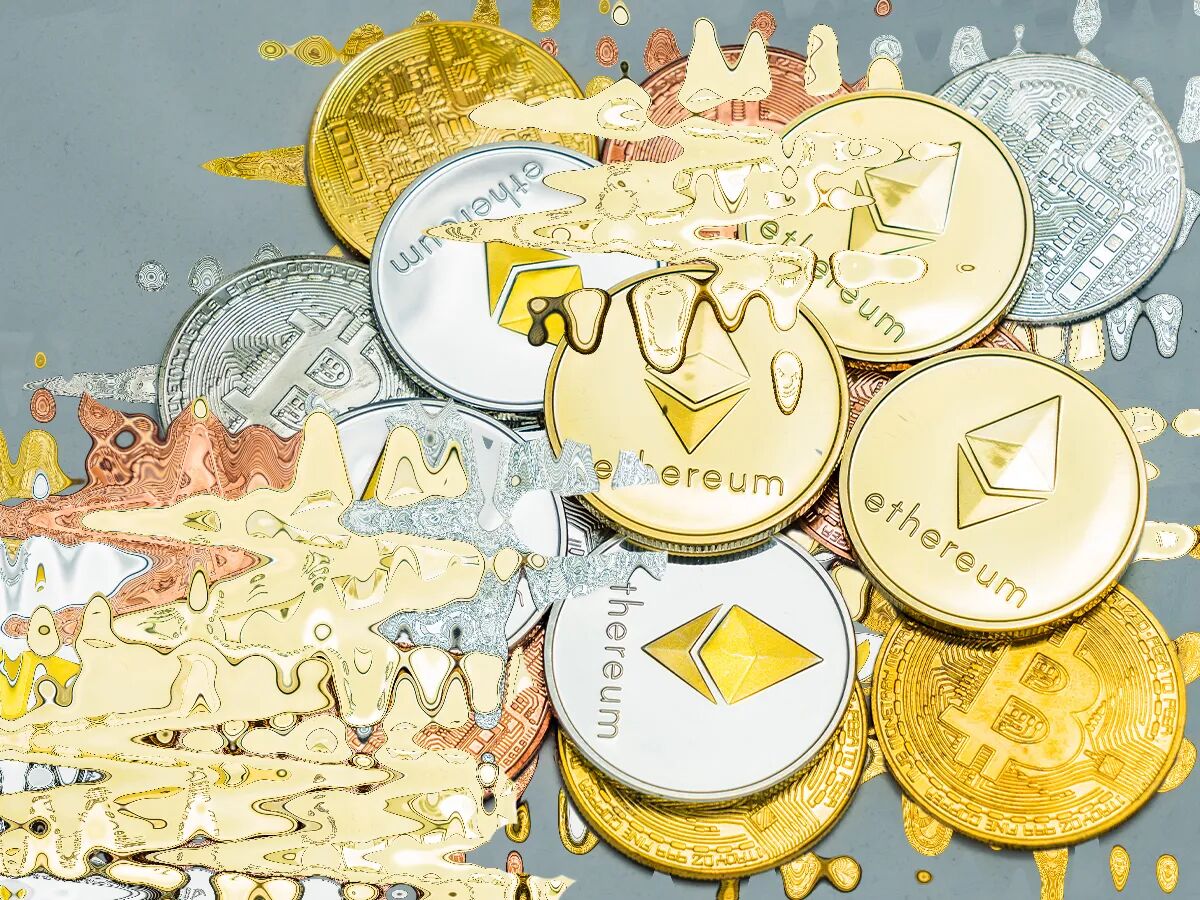What is Arbitrum Crypto
Arbitrum Crypto is a groundbreaking platform that aims to revolutionize the world of decentralized finance (DeFi) by addressing its scalability and high gas fee issues. Developed by Offchain Labs, Arbitrum is a Layer 2 solution built on the Ethereum blockchain that offers fast and cost-effective transactions while ensuring the security and trustlessness of the underlying network.
Unlike traditional blockchains, Arbitrum utilizes a technique called “optimistic rollups” to enhance scalability. In simple terms, it aggregates multiple transactions into a single batch and verifies them off-chain, significantly reducing the computational load and minimizing gas fees. These batches are then periodically submitted to the Ethereum mainnet, ensuring the integrity and immutability of the transactions.
With Arbitrum, users can enjoy near-instant transaction finality and lower costs compared to conducting transactions directly on the Ethereum network. By moving the majority of the transaction processing off-chain, Arbitrum significantly increases Ethereum’s throughput, allowing it to handle a higher volume of transactions without slowing down or congesting the network.
The Arbitrum platform also provides developers with several tools and libraries to simplify the development and deployment of smart contracts. This enables developers to easily build and launch their own DeFi applications on the Arbitrum network, taking advantage of its scalability and cost-effectiveness.
By leveraging Arbitrum Crypto, users can access a wide range of decentralized applications (dApps) such as decentralized exchanges, lending platforms, and yield farming protocols with improved efficiency and affordability. The platform aims to make DeFi accessible to a broader audience while maintaining the decentralized nature and security of the underlying blockchain.
Overall, Arbitrum Crypto represents a significant milestone in the evolution of DeFi. It provides a scalable and cost-effective solution that enhances the overall user experience by addressing the limitations of the Ethereum network. As the adoption of DeFi continues to grow, platforms like Arbitrum are poised to play a pivotal role in shaping the future of decentralized finance.
Overview of Arbitrum
Arbitrum is a Layer 2 scaling solution designed to overcome the scalability challenges faced by Ethereum, the world’s largest decentralized blockchain platform. Developed by Offchain Labs, Arbitrum aims to improve the transaction throughput and reduce fees on the Ethereum network, making it more efficient and accessible for users.
At its core, Arbitrum operates as an “optimistic rollup” technology. This means that it allows multiple transactions to be processed off-chain and then verified retrospectively on the Ethereum mainnet. By aggregating transactions into batches and performing verification off-chain, Arbitrum significantly increases the scalability of Ethereum, enabling it to handle a higher volume of transactions in a quick and cost-effective manner.
One of the key advantages of Arbitrum is its compatibility with existing Ethereum smart contracts. Developers can seamlessly migrate their decentralized applications (dApps) to Arbitrum with minimal effort, taking advantage of its scalability benefits without compromising the security and decentralization offered by the Ethereum network.
Arbitrum achieves its scalability by leveraging a unique combination of fraud-proofing and data-availability mechanisms. By leveraging these mechanisms, the platform ensures that only genuine transactions are accepted on the Ethereum mainnet, thereby maintaining the security and integrity of the network.
Furthermore, the Arbitrum platform provides a user-friendly experience, enabling users to interact with dApps on Arbitrum through their existing Ethereum wallets. This seamless integration allows users to take advantage of Arbitrum’s scalability benefits without the need to switch wallets or undergo complex setup procedures.
Overall, Arbitrum is poised to have a significant impact on Ethereum’s scalability and the mainstream adoption of decentralized finance (DeFi). By providing a faster and more cost-effective solution for Ethereum transactions, Arbitrum opens up new possibilities for developers, businesses, and users to participate in the growing DeFi ecosystem. The compatibility with existing Ethereum infrastructure ensures a smooth transition while delivering improved transaction throughput and reduced fees. As a result, Arbitrum is expected to play a crucial role in driving the future growth and evolution of decentralized applications on the Ethereum network.
How does Arbitrum work
Arbitrum operates as a Layer 2 scaling solution for the Ethereum network, addressing its scalability issues by processing transactions off-chain and then verifying them on the Ethereum mainnet. Here’s a closer look at how Arbitrum works:
1. Off-chain transaction processing: When a user initiates a transaction on Arbitrum, it is processed off-chain within a rollup. This involves grouping multiple transactions together into a batch, which is then processed and verified without burdening the Ethereum mainnet.
2. Optimistic rollup mechanism: Arbitrum utilizes an “optimistic” approach, assuming that all transactions within a batch are valid. This allows for faster and cheaper transaction processing, as the majority of validations occur off-chain. Only in case of disputes or fraud, actual proofs are submitted to the Ethereum mainnet for verification.
3. Fraud proof verification: Arbitrum relies on a unique mechanism known as fraud proofs to ensure the integrity of transactions. If a participant detects any fraudulent activity or an invalid transaction, they can submit a fraud proof to challenge the validity of the transaction. The Ethereum mainnet then performs the necessary computations to verify the claim.
4. Data availability: Arbitrum employs a data-availability mechanism to ensure that transaction data is accessible on the Ethereum mainnet. This ensures that the necessary information to verify and validate transactions is always accessible, even though the majority of transaction processing occurs off-chain.
5. Periodic transaction submission: After processing a batch of transactions off-chain, Arbitrum periodically submits a single proof to the Ethereum mainnet, providing a summary of all the transactions processed. This ensures that the transactions are permanently recorded and the integrity of the transaction history is maintained on the Ethereum blockchain.
By processing transactions off-chain and leveraging smart contract verification on the Ethereum mainnet, Arbitrum significantly improves the scalability of the network. It achieves faster transaction processing times and lower fees compared to conducting transactions directly on the Ethereum network. Transactions on Arbitrum benefit from the underlying security and trustlessness of Ethereum, while users experience greater efficiency and cost-effectiveness.
By choosing Arbitrum as a scaling solution, users can enjoy the benefits of a more scalable Ethereum network without compromising security or decentralization. As the Ethereum ecosystem continues to grow, Arbitrum plays a vital role in addressing the scalability challenges and enabling widespread adoption of decentralized applications and the broader DeFi ecosystem.
Benefits of using Arbitrum
Arbitrum offers a range of benefits that make it an attractive choice for both developers and users seeking to leverage the Ethereum network. Here are some key advantages of using Arbitrum:
1. Scalability: One of the primary benefits of Arbitrum is its ability to enhance the scalability of the Ethereum network. By processing transactions off-chain and aggregating them into batches, Arbitrum significantly increases the transaction throughput, allowing for faster and more efficient transaction processing. This scalability improvement is crucial for supporting the growing demands of decentralized finance (DeFi) applications.
2. Cost-effectiveness: Arbitrum offers significant cost savings compared to conducting transactions directly on the Ethereum network. By processing transactions off-chain, users can avoid the high gas fees associated with Ethereum transactions. This makes Arbitrum an ideal choice for users who want to participate in DeFi activities without being deterred by hefty transaction costs.
3. Seamless integration: Arbitrum provides a seamless integration with existing Ethereum infrastructure, allowing developers to easily migrate their decentralized applications (dApps) to the Arbitrum network. This compatibility ensures a smooth transition for developers and users, without the need for complex reconfiguration or additional setup procedures.
4. Improved user experience: With faster transaction finality and lower fees, Arbitrum enhances the overall user experience of interacting with decentralized applications. Users can enjoy near-instant transaction confirmation and smooth dApp interactions, making DeFi transactions more efficient and user-friendly.
5. Security and trustlessness: Despite processing transactions off-chain, Arbitrum maintains the security and trustlessness of the Ethereum network. Fraud proofs and the data-availability mechanism ensure that only valid transactions are accepted on the Ethereum mainnet. This ensures that the underlying security and decentralization of Ethereum are preserved, providing users with a secure and reliable platform.
6. Developer-friendly tools: Arbitrum provides developers with a comprehensive set of tools and libraries to simplify the development and deployment of smart contracts. This makes it easier for developers to build and launch their own dApps on the Arbitrum network, contributing to the growth of the Ethereum ecosystem.
Overall, Arbitrum offers numerous benefits that address the scalability and cost challenges of the Ethereum network. By providing faster and more cost-effective transactions, seamless integration, improved user experience, and maintaining the security and trustlessness of Ethereum, Arbitrum plays a crucial role in unlocking the full potential of decentralized finance and driving the mass adoption of Ethereum-based applications.
Use Cases for Arbitrum
Arbitrum presents a wide range of use cases across various sectors, showcasing its potential to revolutionize the way we interact with decentralized applications (dApps). Here are some notable use cases for Arbitrum:
1. Decentralized Finance (DeFi): Arbitrum has significant implications for the DeFi space, where scalability and high transaction costs have been major challenges. With Arbitrum, users can access decentralized exchanges, lending platforms, yield farming protocols, and other DeFi applications with faster transaction times and lower fees. This improves the overall user experience and encourages broader participation in the DeFi ecosystem.
2. Gaming and Non-Fungible Tokens (NFTs): The gaming industry, particularly the market for blockchain-based games and NFT collectibles, can benefit from Arbitrum’s scalability. It provides a smoother and more efficient environment for gaming transactions, allowing players to trade, sell, and purchase NFTs with reduced costs and near-instant transaction finality. This enhances the gaming experience and opens up new possibilities for the monetization of in-game assets.
3. Supply Chain and Logistics: Arbitrum’s scalability and cost-effectiveness can be leveraged in the supply chain and logistics sector. Blockchain-based solutions can track and verify the movement of goods, improve transparency, and streamline processes. By using Arbitrum, businesses can process transactions related to supply chain management, such as tracking inventory, verifying product authenticity, and facilitating secure payments, in a more efficient and cost-effective manner.
4. Decentralized Governance: Decentralized autonomous organizations (DAOs) and decentralized governance platforms can benefit from Arbitrum’s scalability and affordability. Voting, fund allocation, and decision-making processes within these organizations can be conducted more efficiently, empowering community members to participate without being hindered by high gas fees or slow transaction times. This enables greater community involvement and strengthens the democratic nature of decentralized governance.
5. Identity and Authentication: Arbitrum can play a significant role in enhancing identity and authentication systems. With reduced costs and faster transaction processing, Arbitrum can facilitate the creation and verification of digital identities on the blockchain. This can have applications in various sectors, such as digital identity management, voting systems, and access control, offering improved efficiency and security.
6. Cross-Chain Interoperability: Arbitrum’s scalability advantages can be extended to enable seamless interoperability between different blockchains. This can facilitate the efficient transfer of assets across multiple blockchain networks, reducing the need for complex and costly intermediary processes. Interoperability solutions on Arbitrum can unlock new possibilities for cross-chain DeFi, asset transfers, and data exchange, fostering collaboration and innovation in the broader blockchain ecosystem.
These use cases exemplify the versatility of Arbitrum and its potential to elevate various industries by addressing the scalability and cost challenges of the Ethereum network. The scalability and cost-effectiveness provided by Arbitrum enable new possibilities for decentralized applications in sectors such as DeFi, gaming, supply chain, governance, identity, and cross-chain interoperability.
How to get started with Arbitrum
If you’re ready to explore the benefits of Arbitrum and start using this groundbreaking Layer 2 scaling solution, here’s a step-by-step guide to help you get started:
1. Set up an Ethereum wallet: To interact with the Arbitrum network, you’ll need an Ethereum wallet that supports the integration of Layer 2 solutions. Popular wallets like MetaMask and Trust Wallet are compatible with Arbitrum and can be easily set up by following the wallet provider’s instructions.
2. Add Arbitrum Network to your wallet: Once you have an Ethereum wallet, you’ll need to add the Arbitrum network to it. This can typically be done by accessing the network settings of your wallet and selecting “Add Network” or a similar option. Enter the necessary network details, such as the network name (Arbitrum), network RPC URL, and chain ID (e.g., 42161 for Arbitrum Mainnet).
3. Obtain Arbitrum-compatible tokens: To utilize the full potential of Arbitrum, you’ll need tokens that are compatible with the network. Currently, the native token for Arbitrum is called Arbitrum Ether (ETH), which can be acquired through exchanges or obtained by bridging your existing ETH to the Arbitrum network.
4. Access dApps built on Arbitrum: With your Ethereum wallet configured for Arbitrum, you can now start exploring and using decentralized applications (dApps) built on the Arbitrum network. Visit dApp directories or platforms that support Arbitrum, such as the Arbitrum One portal, to discover a range of dApps spanning various sectors like DeFi, gaming, and more.
5. Interact with dApps: Once you’ve found a dApp that interests you, click on the desired dApp and connect your Ethereum wallet by authorizing the connection. This will enable you to interact with the dApp, whether it’s trading tokens, lending and borrowing assets, participating in yield farming, or engaging in other activities specific to the dApp’s functionality.
6. Enjoy the benefits of Arbitrum: As you engage with dApps on the Arbitrum network, you’ll experience firsthand the benefits that Arbitrum offers, such as faster transaction finality, lower fees, and an improved overall user experience. Make sure to stay updated on new dApps and developments within the Arbitrum ecosystem to fully capitalize on its growing potential.
7. Contribute to the Arbitrum community: Join online communities, such as forums, social media platforms, and developer documentation, to learn more about Arbitrum, stay informed about updates, and connect with like-minded individuals. Community participation can provide valuable insights, foster collaboration, and contribute to the growth and adoption of the Arbitrum network.
By following these steps, you can embark on your journey with Arbitrum and take advantage of its scalability benefits within the Ethereum ecosystem. Remember to exercise caution and perform your own research when interacting with dApps and managing your digital assets on any blockchain network.
Conclusion
Arbitrum Crypto represents a significant milestone in the pursuit of scalable and cost-effective solutions for the Ethereum network. By leveraging its Layer 2 infrastructure and “optimistic rollup” technology, Arbitrum addresses the scalability challenges faced by Ethereum, making it more accessible and efficient for users and developers alike.
The benefits of using Arbitrum are far-reaching. Its scalability improvements enable faster transaction finality and lower fees, making decentralized finance (DeFi) activities more accessible and affordable for users. The seamless integration with existing Ethereum infrastructure ensures a smooth transition for developers and users, without the need for complex setup procedures or compromising the security and trustlessness of the Ethereum network.
Arbitrum’s impact extends beyond the DeFi space. Gaming, supply chain, decentralized governance, identity management, and cross-chain interoperability are just a few of the sectors that can benefit from its scalable and cost-effective solutions. With the ability to process transactions off-chain and verify them on the Ethereum mainnet, Arbitrum holds the potential to revolutionize various industries and applications.
To get started with Arbitrum, users need to set up an Ethereum wallet, add the Arbitrum network, obtain Arbitrum-compatible tokens, access dApps built on Arbitrum, and engage with the vibrant community. By following these steps, users can experience firsthand the benefits of faster transactions, lower fees, and an improved user experience.
Arbitrum Crypto, with its innovative approach to scaling Ethereum, is propelling the growth and adoption of the decentralized finance ecosystem. As more developers and users recognize the potential of Arbitrum, it is poised to play a crucial role in shaping the future of the Ethereum network and driving the mainstream adoption of decentralized applications. With scalability hurdles overcome, the possibilities for innovation, collaboration, and mass adoption within the Ethereum ecosystem are endless.

























